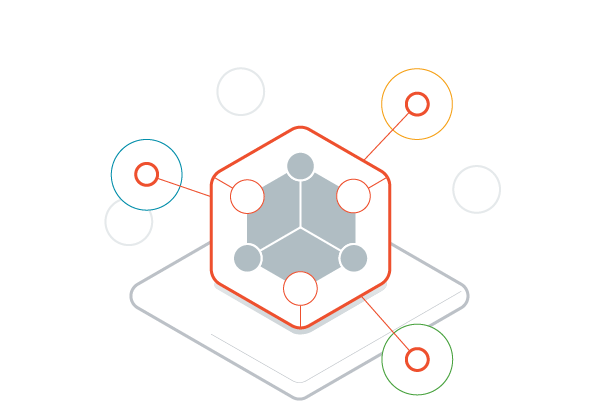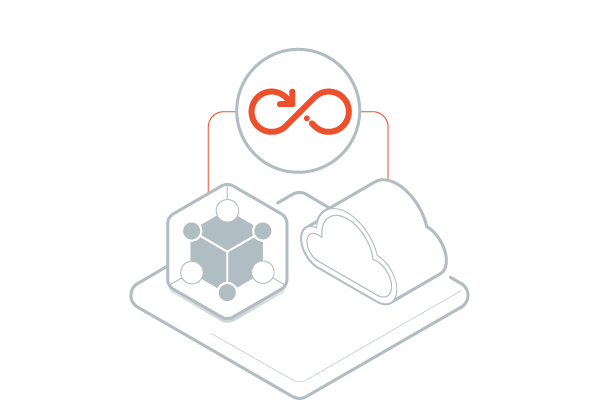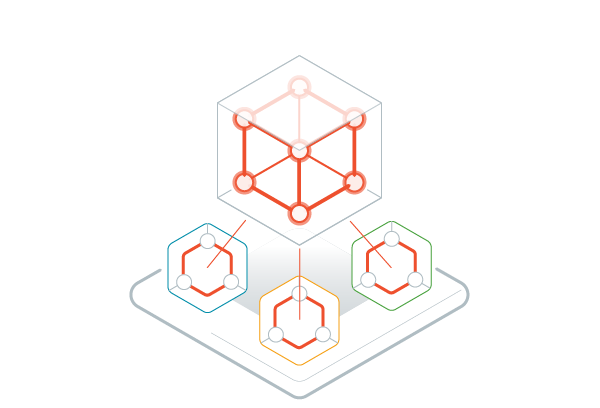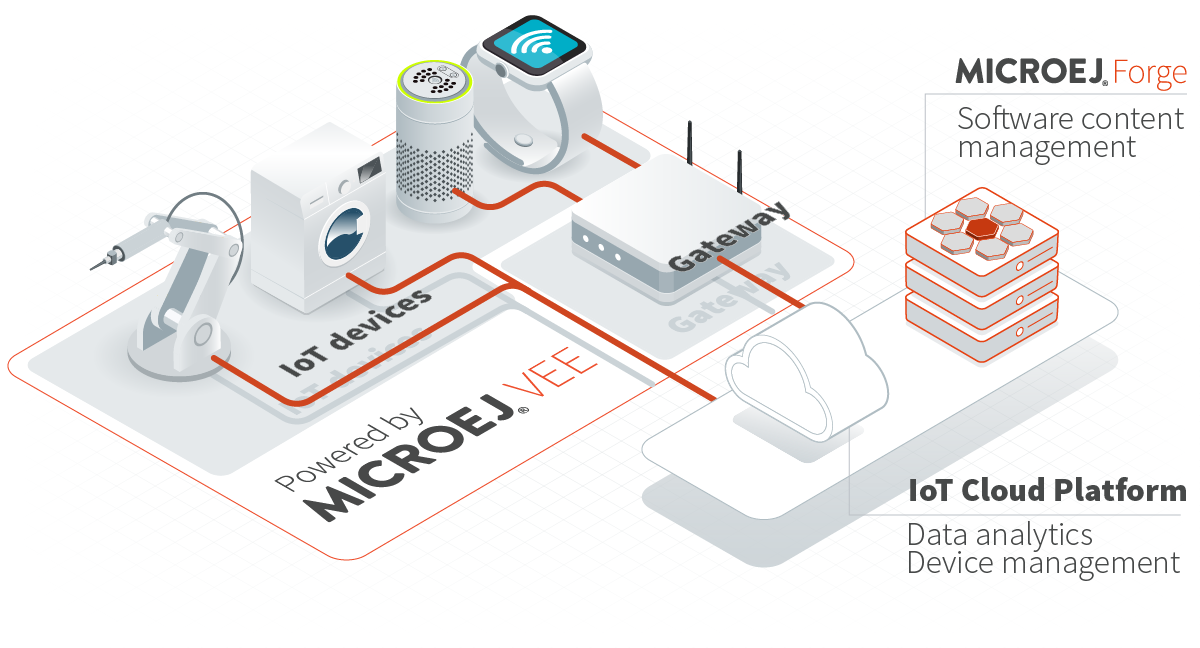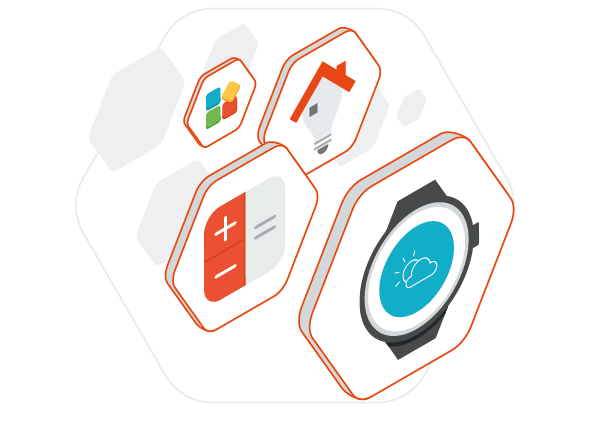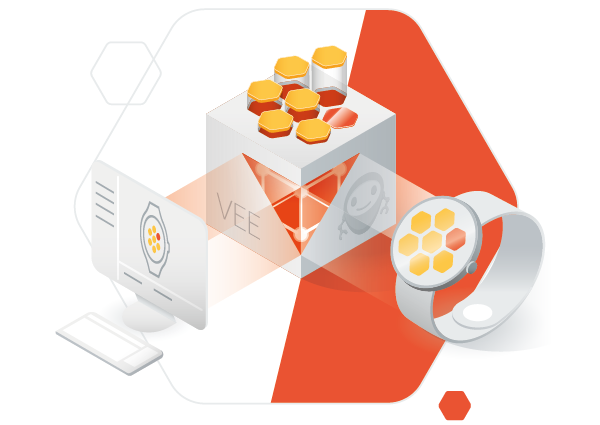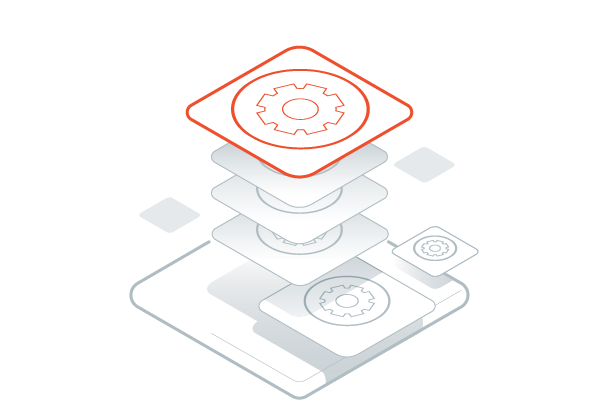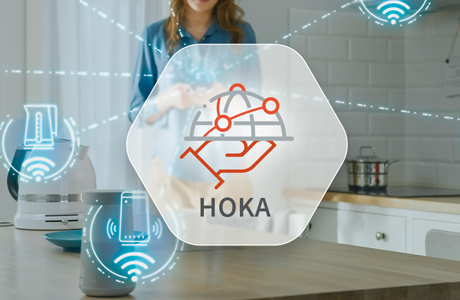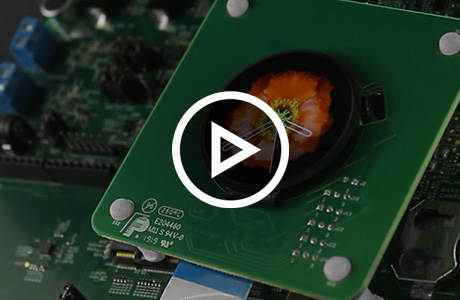Take advantage of reliable and future proof connectivity (Wi-Fi, LTE-M, NB-IoT, etc) and accelerate your product development with ready-to-use IoT protocols. MicroEJ enables you to easily connect and manage your IoT devices at scale with all major Cloud provider (Google Cloud IoT Core, Amazon AWS, Microsoft Azure, etc.).


